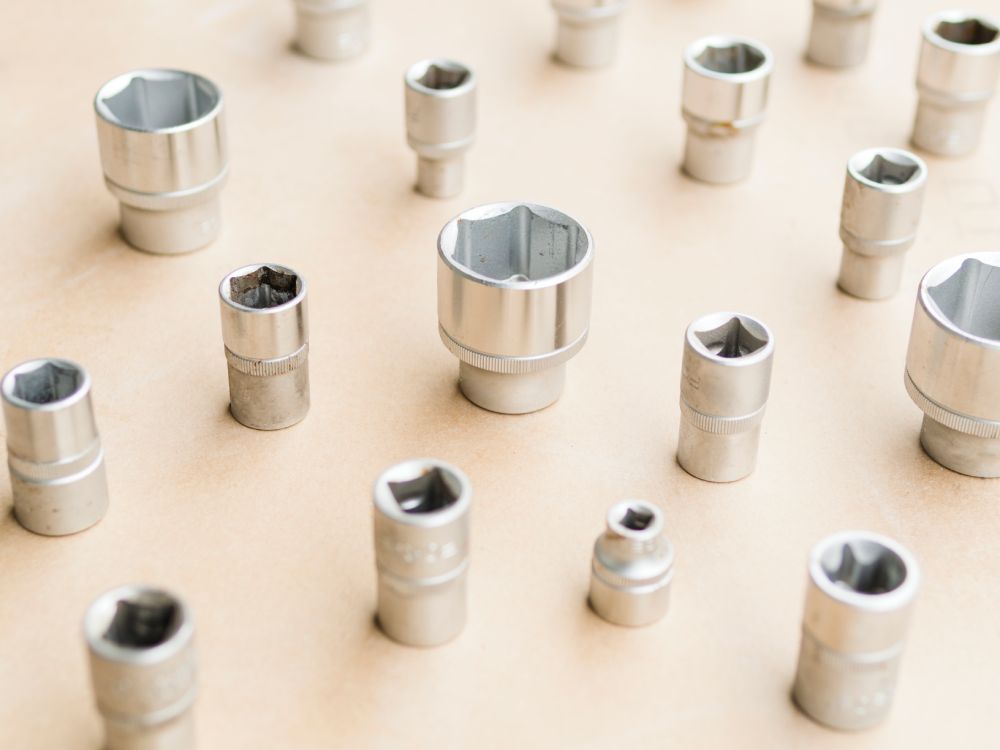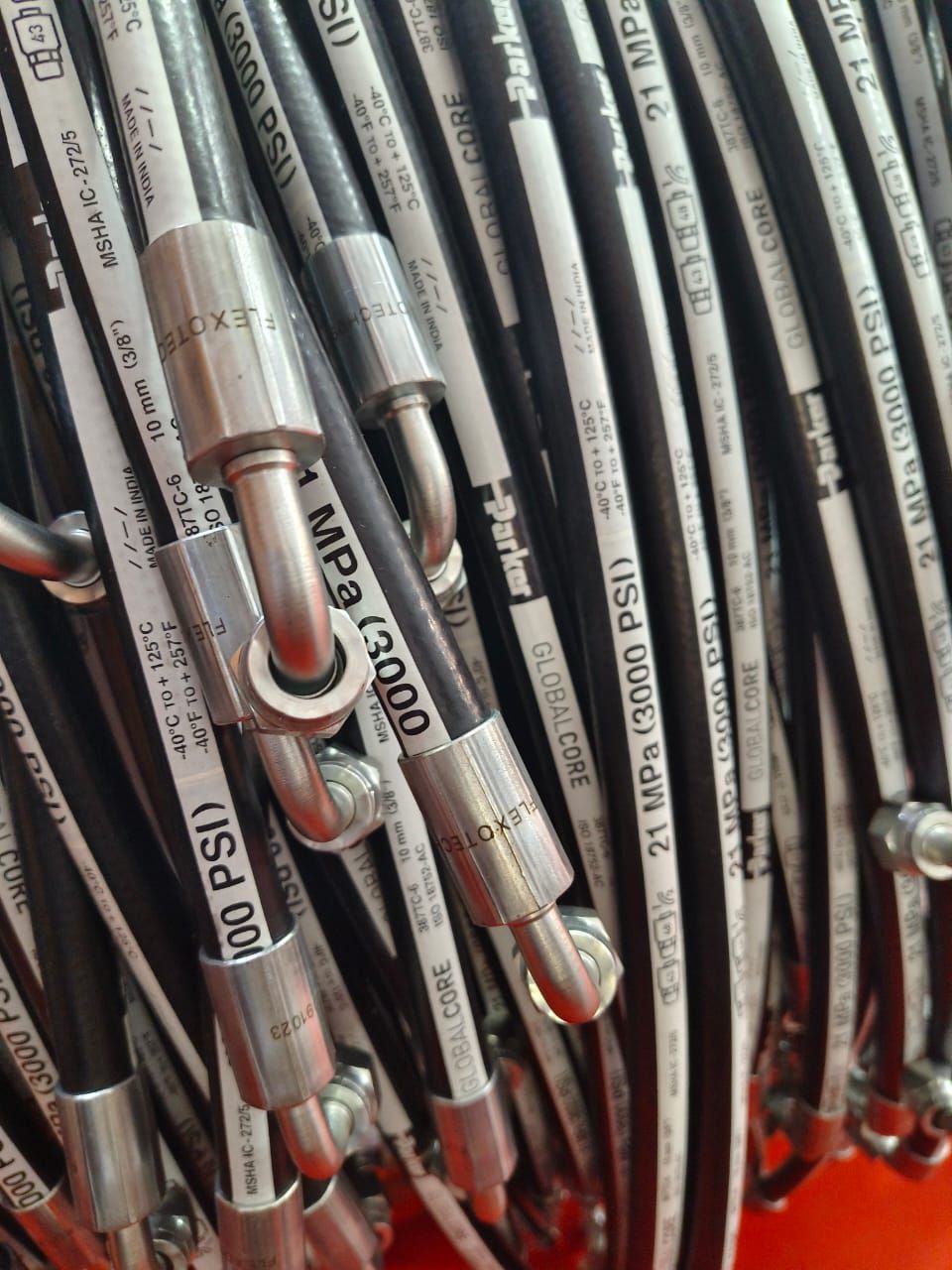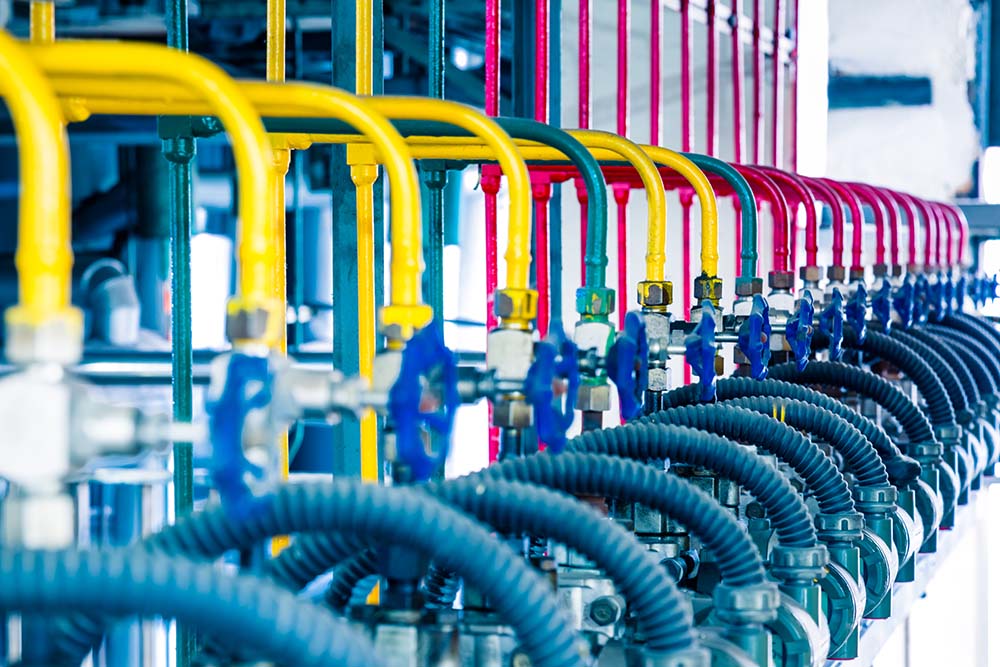Flexotech is the Camlock Coupling Manufacturers Embrace Technological Advancements for Future Growth
Technological advancements are playing a pivotal role in revolutionizing camlock coupling manufacturing processes. High-quality polymers and composite materials replace or augment traditional materials like aluminium and stainless steel. These advanced materials offer enhanced durability, corrosion resistance, and weight savings. Precision machining and 3D printing innovations enable manufacturers to produce intricate designs with unparalleled efficiency and accuracy.
Integrating advanced technologies such as CNC machining, robotic automation, and computer-aided design (CAD) software has streamlined manufacturing operations, resulting in higher throughput, improved quality control, and reduced lead times. CNC machining, in particular, allows for precise machining of complex geometries with minimal human intervention, ensuring consistent product quality and dimensional accuracy.
Adopting digital manufacturing technologies, such as additive manufacturing (3D printing), enables manufacturers to prototype and iterate designs, accelerating product development cycles rapidly. 3D printing offers the flexibility to produce custom components on demand, eliminating the need for costly tooling and reducing time-to-market.
Advancements in surface treatment technologies, such as plasma coating and electroless nickel plating, enhance the wear resistance and surface finish provided by the camlock coupling manufacturers, prolonging their service life in demanding operating environments. These technological innovations collectively contribute to the evolution of camlock coupling manufacturing, enabling manufacturers to meet the evolving needs of diverse industries with precision-engineered solutions.

The advent of Industry 4.0, characterized by integrating cyber-physical systems, IoT (Internet of Things), and artificial intelligence (AI) into manufacturing processes, is driving a paradigm shift in the camlock coupling industry. Smart factories equipped with IoT sensors, AI-driven predictive maintenance, and automated production lines are increasingly prevalent, optimizing productivity, quality control, and resource utilization.
Real-time monitoring of manufacturing processes allows for proactively identifying inefficiencies and timely interventions, ensuring seamless operations and minimal downtime. Predictive maintenance algorithms analyze sensor data to anticipate equipment failures before they occur, enabling preventive maintenance actions and reducing unplanned downtime and maintenance costs.
Adopting digital twins, virtual replicas of physical assets, facilitates simulation-based optimization of manufacturing processes, enabling manufacturers to identify and rectify potential bottlenecks and inefficiencies in a virtual environment before implementing changes on the shop floor.
Implementing collaborative robots (cobots) alongside human workers enhances flexibility and agility in manufacturing operations. Cobots assist workers in repetitive or physically demanding tasks, improving ergonomics and productivity while ensuring the safety of human operators.
Industry 4.0 technologies are revolutionizing camlock coupling manufacturing by enabling manufacturers to achieve unprecedented efficiency, flexibility, and agility in an increasingly interconnected and data-driven manufacturing ecosystem.
Sustainability has emerged as a key consideration in camlock coupling manufacturing, driven by increasing environmental awareness and regulatory pressures. Manufacturers increasingly adopt eco-friendly practices and materials to minimize their environmental footprint and meet the growing demand for sustainable solutions.
The shift towards recyclable and biodegradable polymers, coupled with energy-efficient production methods, is reducing the environmental impact of manufacturing operations. Product lifecycle assessments and carbon footprint analysis also enable companies to quantitatively measure and mitigate their environmental impact, fostering a more sustainable future for the industry.
Moreover, manufacturers are exploring innovative approaches to reduce waste generation and optimize resource utilization throughout the product lifecycle. Closed-loop recycling systems enable the recovery and reuse of materials from end-of-life products, reducing the consumption of virgin resources and minimizing waste sent to landfills.
The circular economy principles, such as product design for disassembly and remanufacturing, are extending the service life of camlock couplings and reducing the need for new material inputs. By designing products with ease of disassembly and repair in mind, manufacturers can prolong product lifespans and minimize the environmental impact of product disposal.
Sustainability is increasingly important in shaping the future of camlock coupling manufacturing, driving innovation and collaboration across the industry to develop more environmentally friendly solutions that meet the needs of present and future generations.
Camlock Couplings in Bangalore Emerges as a Hotspot of Industry Expansion and Opportunities Abound
Bangalore, often called the Silicon Valley of India, is a leading industrial hub with a surge in demand for camlock couplings across diverse sectors, including manufacturing, construction, pharmaceuticals, and agriculture. The city’s thriving entrepreneurial ecosystem and burgeoning infrastructure projects drive the need for reliable fluid-handling solutions, creating lucrative opportunities for camlock coupling manufacturers.
Advanced technologies and stringent quality standards in Bangalore’s industrial landscape are spurring the demand for high-performance, precision-engineered camlock couplings. Manufacturers in Bangalore are leveraging their expertise in engineering and manufacturing to develop innovative solutions that meet the unique requirements of local industries.
Bangalore’s strategic location and well-developed infrastructure make it an attractive destination for domestic and international companies looking to establish manufacturing operations in India. The presence of a skilled workforce and access to state-of-the-art manufacturing facilities further contribute to Bangalore’s appeal as a manufacturing hub for Camlock couplings.
The Indian government’s initiatives, such as Make in India and Atmanirbhar Bharat (Self-Reliant India), aim to promote domestic manufacturing and reduce dependence on imports, providing further impetus to the growth of the camlock coupling market in Bangalore and beyond.
The market for camlock couplings in Bangalore is evolving rapidly, driven by increasing industrialization, infrastructure development, and government initiatives to promote domestic manufacturing, presenting significant opportunities for manufacturers to capitalize on the growing demand for fluid handling solutions in the region.
Flexotech and Camlock coupling manufacturers face challenges and opportunities in the current market landscape. Intensifying competition, price pressures, and evolving regulatory landscapes pose significant hurdles for manufacturers. However, these challenges also present opportunities for innovation, differentiation, and market diversification.
Manufacturers must navigate the complexities of the market landscape by embracing emerging technologies, fostering strategic partnerships, and prioritizing customer-centricity. By investing in research and development, manufacturers can differentiate their products through innovative features and enhanced performance, thereby gaining a competitive edge in the market.
Manufacturers can explore opportunities for market diversification by targeting emerging industries and niche applications that require specialized fluid-handling solutions. Strategic partnerships with suppliers, distributors, and end-users can provide access to new markets and customer segments, enabling manufacturers to expand their reach and grow their business.
Manufacturers must remain agile and responsive to changing market dynamics by continuously monitoring industry trends, customer preferences, and regulatory requirements. By proactively adapting their strategies and offerings to meet evolving market demands, manufacturers can position themselves for long-term success in the dynamic and competitive camlock coupling market.
While the market landscape presents challenges, it also offers ample opportunities for manufacturers to innovate, differentiate, and expand their presence in the increasingly interconnected and competitive global marketplace.
The prospects for camlock coupling manufacturers are promising, with continued global market expansion and technological innovation driving growth and opportunity in the industry. As industries worldwide continue to evolve and embrace advanced technologies, the demand for efficient fluid handling solutions, including camlock couplings, is expected to increase.
Emerging markets in regions such as Asia-Pacific, Latin America, and Africa are projected to experience significant growth in industrialization and infrastructure development, creating new opportunities for camlock coupling manufacturers to expand their presence and tap into previously untapped markets. Additionally, the increasing adoption of automation and Industry 4.0 technologies in manufacturing processes is expected to drive demand for high-performance camlock couplings that can withstand the rigours of modern production environments.

Technological innovation will continue to play a critical role in shaping the future of camlock coupling manufacturing. Advances in materials science, additive manufacturing, and digitalization will enable manufacturers to develop lighter, stronger, and more efficient couplings that meet the evolving needs of diverse industries. Furthermore, integrating IoT connectivity and smart sensors into camlock couplings will enable real-time monitoring of performance metrics, predictive maintenance, and remote diagnostics, enhancing end-user reliability and uptime.
Sustainable manufacturing practices will also become increasingly important as companies strive to reduce their environmental footprint and meet regulatory requirements. Camlock coupling manufacturers will continue to explore alternative materials, energy-efficient production processes, and closed-loop recycling systems to minimize waste and conserve resources throughout the product lifecycle.
Moreover, strategic partnerships and collaborations will drive innovation and market expansion for camlock coupling manufacturers. By partnering with suppliers, distributors, and technology providers, manufacturers can access new markets, leverage complementary capabilities, and accelerate product development cycles, enabling them to stay ahead of the competition and capitalize on emerging opportunities. In conclusion, the prospects for camlock coupling manufacturers are bright, with global market expansion and technological innovation driving growth and opportunity in the industry. By embracing emerging trends, investing in R&D, and fostering strategic partnerships, manufacturers can position themselves for success in the dynamic and competitive global marketplace, unlocking new realms of growth and innovation.






